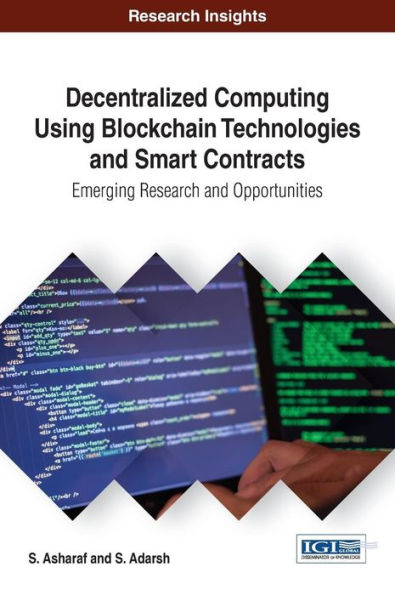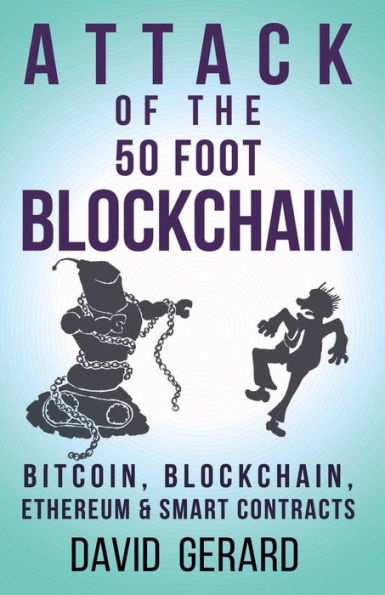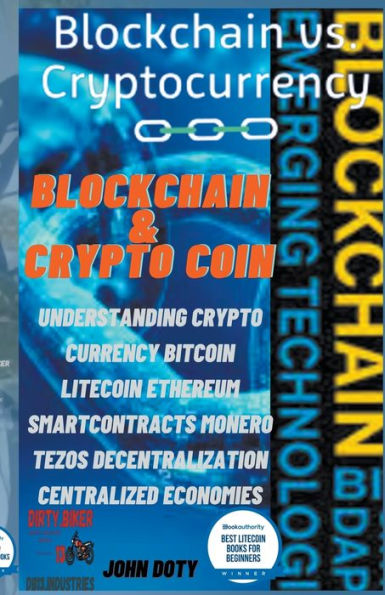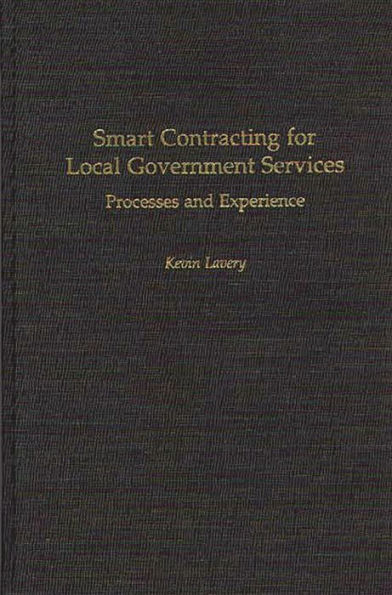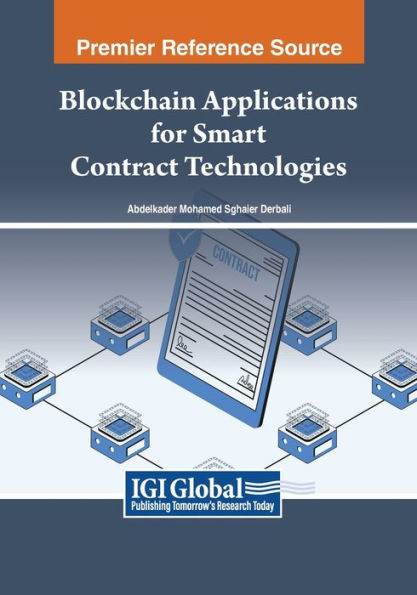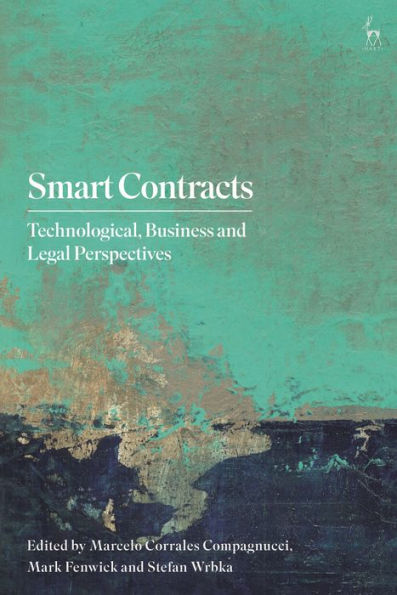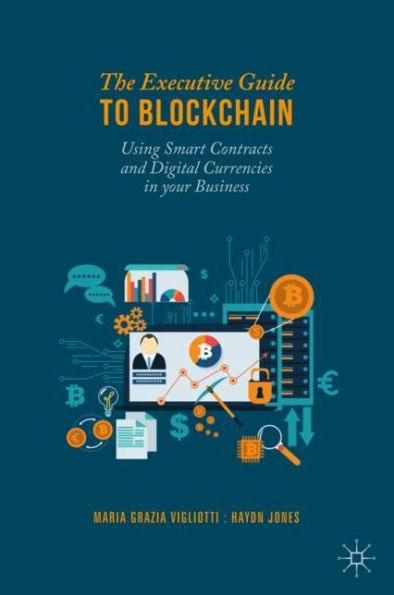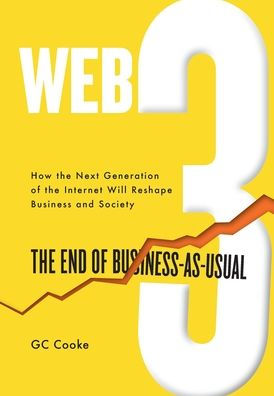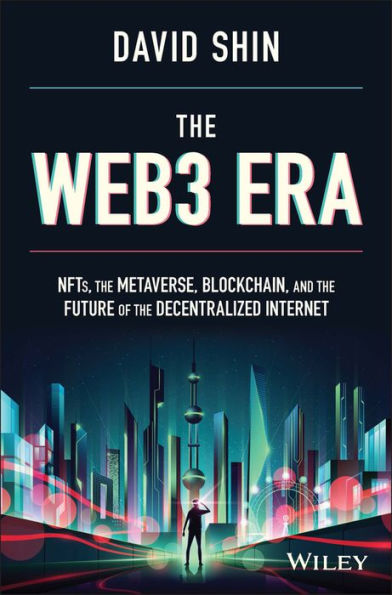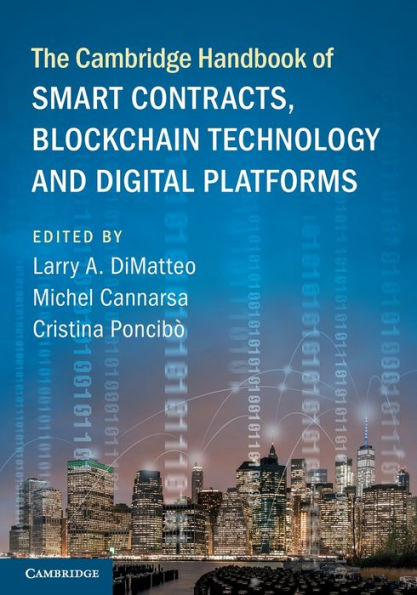Home
Evolution of Web 3.0 and Blockchain: The world of decentralization and smart contracts
Barnes and Noble
Loading Inventory...
Evolution of Web 3.0 and Blockchain: The world of decentralization and smart contracts in Franklin, TN
Current price: $50.00
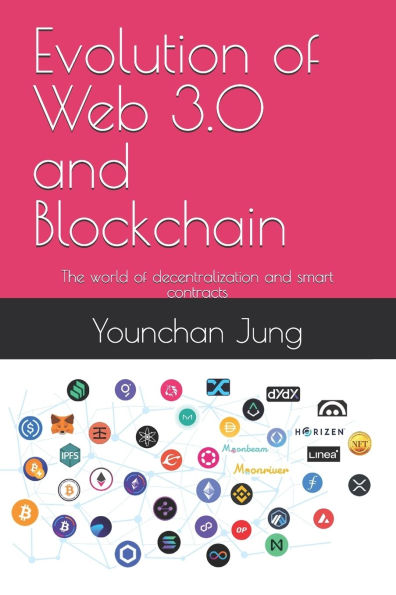
Barnes and Noble
Evolution of Web 3.0 and Blockchain: The world of decentralization and smart contracts in Franklin, TN
Current price: $50.00
Loading Inventory...
Size: OS
The core of the Bitcoin white paper published in 2008 was that digital assets could be traded directly and securely between parties without the help of a trusted third party. However, the Bitcoin network, a first-generation blockchain, could not process conditional transactions. On the other hand, Ethereum introduced the concept of smart contracts to solve the problem of completing trustless transactions only when conditions are met. With a decentralized, trustless, permissionless, and irreversible platform, Ethereum can process transaction data and smart contract code (programs), while Bitcoin only processes transaction data. Decentralized applications (dApps) are more sophisticated use cases that use one or more smart contracts, also known as Web 3.0 applications. To handle the growing scale of dApps, more than just the Ethereum chain is needed. Several scalability solutions are being developed and deployed. However, the scalability trilemma is a persistent problem that has plagued blockchain developers since the launch of the Bitcoin blockchain. Of the many solutions tested over the years, layer 2 networks are recognized as the most elegant solution for scaling blockchains without compromising decentralization. Layer 2 scaling solutions can take many forms, including payment channels, state channels, sidechains, and rollups. Smart contracts are rapidly developing decentralized finance (DeFi) to replace the traditional financial system. Furthermore, 'Proof of Reserves (PoR)' provides both the growing DeFi ecosystem and the traditional financial system with a way to increase the transparency of asset management through clear on-chain proof of real-world collateralization of cryptocurrencies and assets worldwide. Oracle technology, which connects data from the outside world to blockchains, is evolving into interoperability technology, which could ultimately provide an opportunity to merge Web 2.0 and Web 3.0. Decentralized ID, digital sovereignty, Soul-bound NFT, and decentralized AI systems glimpse the maturation of Web 3.0 and blockchain evolution, heralding a new world of decentralization and smart contracts.
The core of the Bitcoin white paper published in 2008 was that digital assets could be traded directly and securely between parties without the help of a trusted third party. However, the Bitcoin network, a first-generation blockchain, could not process conditional transactions. On the other hand, Ethereum introduced the concept of smart contracts to solve the problem of completing trustless transactions only when conditions are met. With a decentralized, trustless, permissionless, and irreversible platform, Ethereum can process transaction data and smart contract code (programs), while Bitcoin only processes transaction data. Decentralized applications (dApps) are more sophisticated use cases that use one or more smart contracts, also known as Web 3.0 applications. To handle the growing scale of dApps, more than just the Ethereum chain is needed. Several scalability solutions are being developed and deployed. However, the scalability trilemma is a persistent problem that has plagued blockchain developers since the launch of the Bitcoin blockchain. Of the many solutions tested over the years, layer 2 networks are recognized as the most elegant solution for scaling blockchains without compromising decentralization. Layer 2 scaling solutions can take many forms, including payment channels, state channels, sidechains, and rollups. Smart contracts are rapidly developing decentralized finance (DeFi) to replace the traditional financial system. Furthermore, 'Proof of Reserves (PoR)' provides both the growing DeFi ecosystem and the traditional financial system with a way to increase the transparency of asset management through clear on-chain proof of real-world collateralization of cryptocurrencies and assets worldwide. Oracle technology, which connects data from the outside world to blockchains, is evolving into interoperability technology, which could ultimately provide an opportunity to merge Web 2.0 and Web 3.0. Decentralized ID, digital sovereignty, Soul-bound NFT, and decentralized AI systems glimpse the maturation of Web 3.0 and blockchain evolution, heralding a new world of decentralization and smart contracts.
